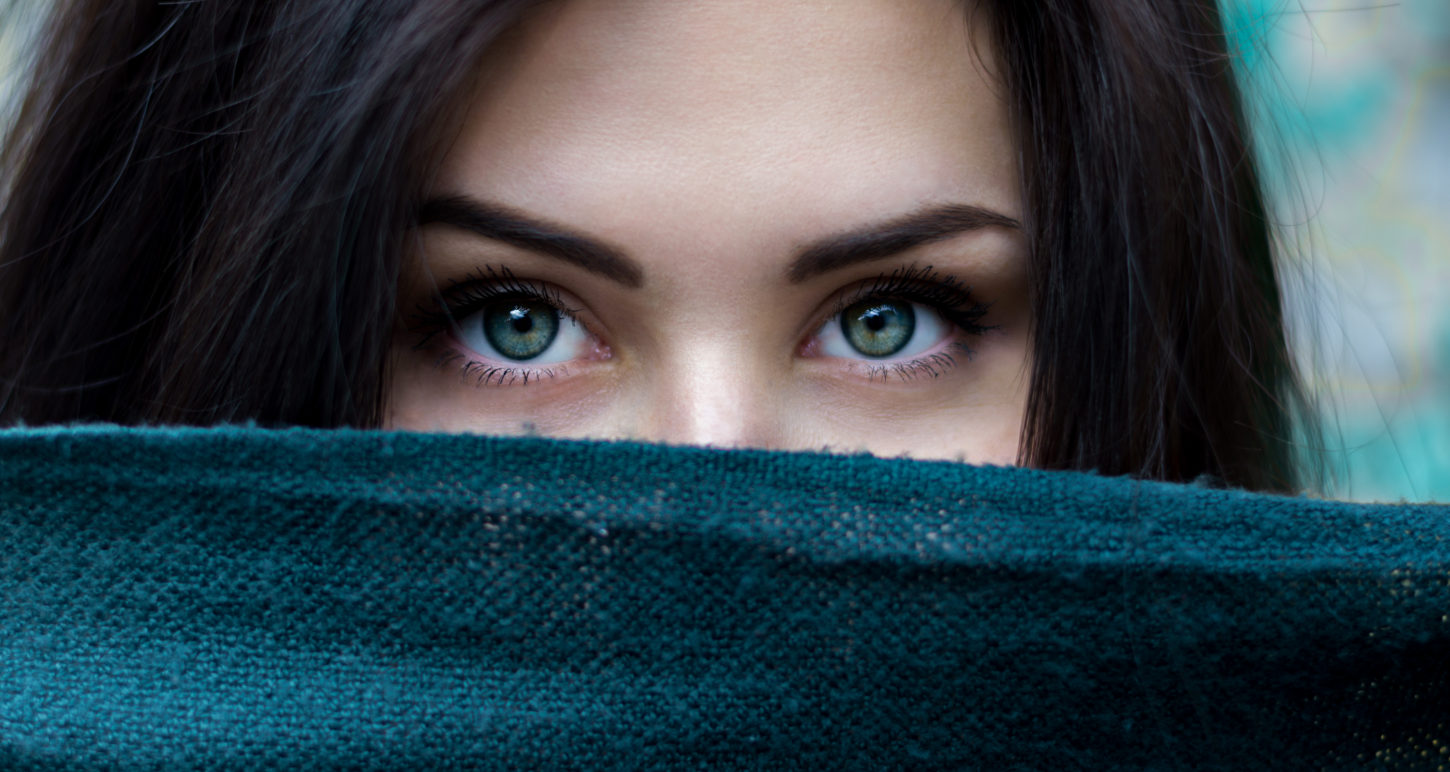I decided to write a series of posts about Arab culture, being Saudi and specifically Saudi culture. Since, being Saudi and a woman living in Dubai, I frequently get asked many questions about this.
 Common Questions About Being Saudi
Common Questions About Being Saudi
These questions range from cultural, to social, to religious, or simply personal ones. I noticed how almost every person I meet – from every walk of life – is intrigued once they find out my nationality. And they always start asking endless questions, which shows just how much people from across the world are interested to learn about my country and culture, and the lifestyle in Saudi.
Of course, the first element that draws a surprised and even shocked expression on everyone’s face is the obvious fact that I’m not wearing an Abayah. Being dressed in normal Western clothes is the first thing that they notice, and also the first that gets their attention and ultimate disbelief!
The Rules
That’s why, in this post, I chose to explain to my readers why I don’t wear a head scarf or Abayah like the rest of the country’s population.
There are a couple of things to take into account when explaining this. First, I’m not living in Saudi anymore. That’s why the rules of the country don’t apply to me. Those rules (obligatory wearing of a scarf and Abayah) only apply to women who are living in the country. No matter what nationality you’re from, it’s a must to wear a scarf and black Abayah at all times. As long as you’re outside of the house.
Having said that, I used to wear the black Abayah and head scarf (without covering my face) when I was living in Saudi. I can talk about when I had to cover my face in another post. But for now, to keep things simple, the rule applies to everyone. Whether you are Muslim, Christian, Catholic, Hindu, or even Buddhist, as a woman living in Saudi, you are required to wear theAbayah and head scarf at all times.
Now to the second point; why am I not wearing the head scarf in Dubai?
Saudi Arabia is a big country, with an estimated population of 30,770,375 (2014 estimate). This means that the population is highly diverse, with people from different regions speaking in distinct dialects. This diversity impacts the degree of religious observation as well. So while the majority of the population is highly conservative, and practice a strict version of Sunni Islam, there are other Saudi nationals who observe the religion differently.
The Liberals
There’s a group of nationals who are on the opposite extreme of the conservative Saudis. They are called the liberals. They might be few compared to the conservatives, but they do exist. And, I can honestly declare that I don’t belong to that group.
I can explain to you more about my parents and background in other posts. But I will give you a brief idea in this post.
I belong to a very rare and small category in the Saudi society – the moderates. You must understand that we are a minority in the Saudi population. There aren’t many of us around! I like to describe myself to be very similar to Western expats in the way that they observe religion moderately and they take it on a normal level. Not too extreme and not too light.
As a moderate Muslim woman, I wasn’t raised to pray five times a day (which isn’t something to brag about). I’m just doing my best to explain to you readers the difference between us moderates and the practicing Muslims.
Also, I wore the Hijab (head scarf) when I was in Saudi mainly because I had to observe the country’s laws and regulations. While, here in Dubai, as in other Gulf countries, there is more freedom in that area. And I can choose whether to wear the head scarf or not. I chose not to wear it because I didn’t have a religious upbringing (again, not something to be proud of).
Being Saudi
So as you can see, people from Saudi Arabia practice Islam in various levels. The same concept applies to other Arab Muslim nationals. It’s just that for people who are from Saudi, this concept is not very common. Since the majority of the country’s population practice the strict Sunni version of Islam.
Despite attending an Arabic-curriculum school and studying the strict religious teachings, I choose not to practice those teachings. Because my home environment wasn’t on the same level of religion observation.
I can talk about my education in Saudi in future posts. I hope that this article helped clarify things about the Abayah and head scarf.
Stay tuned for more posts about Arab and specifically Saudi culture, in the rest of this week.






1 Comment
Good explainer